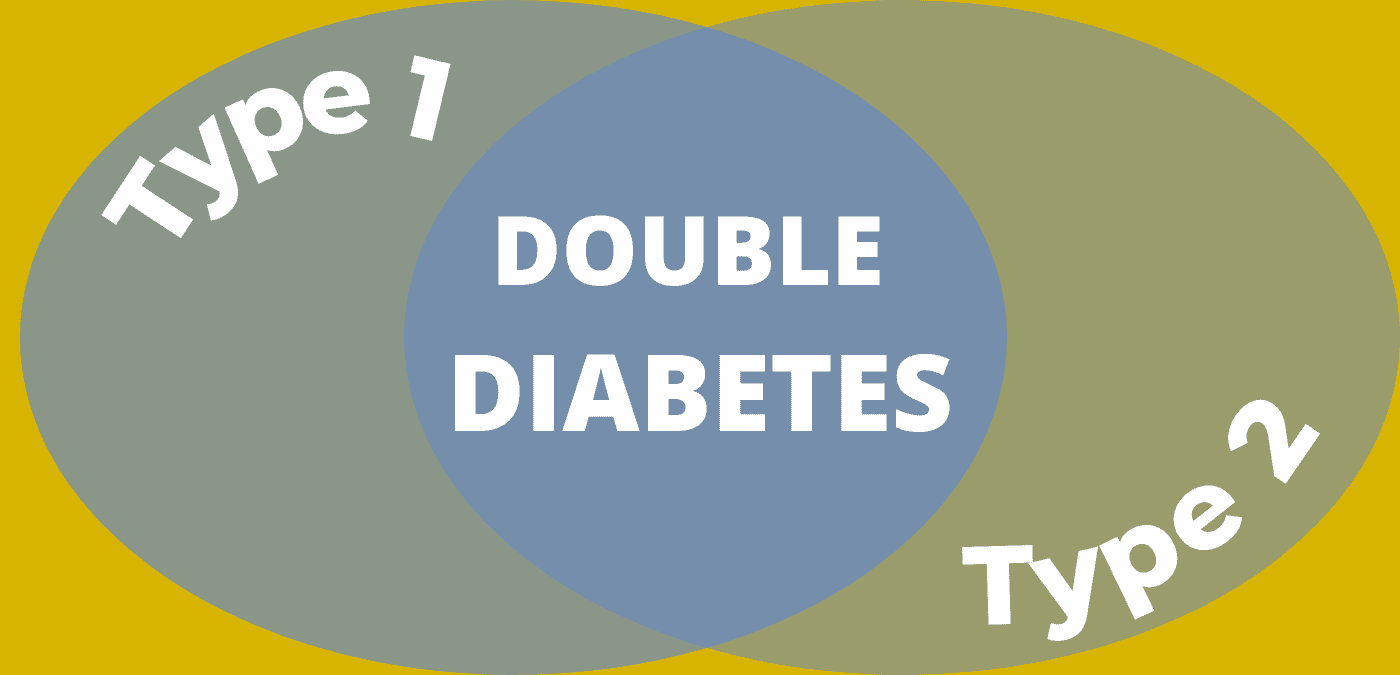There are cases of people with T1D who present with characteristics that are usually specific to T2D; this is referred to as double diabetes. These patients both have antibodies that destroy the pancreas’s beta cells and excess weight and/or insulin resistance.
What about treatment?
Not only do you have to determine the proper insulin doses, but you also have to make some lifestyle changes, such as doing physical activity or losing weight in order to reduce insulin resistance.
But sometimes, metformin is no longer enough, and in those cases, treatment options are limited. A few studies have been conducted with patients with T1D on the use of GLP-1 receptor agonists (Victoza, Ozempic, etc.), an injectable drug that promotes weight loss, and SGLT2 inhibitors (Invokana, Forxiga, etc.), an oral medication that eliminates some sugar through urine.
Higher risk of complications
Several studies have found that double diabetes leads to a higher risk of complications.
Decreasing insulin resistance with lifestyle changes
References:
- Cleland, S. J., Fisher, B. M., Colhoun, H. M., Sattar, N., & Petrie, J. R. (2013). Insulin resistance in type 1 diabetes: what is ‘double diabetes’ and what are the risks? Diabetologia, 56(7), 1462–1470. https://doi.org/10.1007/s00125-013-2904-2
- Merger, S. R., Kerner, W., Stadler, M., Zeyfang, A., Jehle, P., Müller-Korbsch, M., & Holl, R. W. (2016). Prevalence and comorbidities of double diabetes. Diabetes Research and Clinical Practice, 119, 48–56.
- Priya, G., & Kalra, S. (2017). A Review of Insulin Resistance in Type 1 Diabetes: Is There a Place for Adjunctive Metformin? Diabetes Therapy, 9(1), 349–361. https://doi.org/10.1007/s13300-017-0333-9
- Schauer, I. E., Snell-Bergeon, J. K., Bergman, B. C., Maahs, D. M., Kretowski, A., Eckel, R. H., & Rewers, M. (2010). Insulin Resistance, Defective Insulin-Mediated Fatty Acid Suppression, and Coronary Artery Calcification in Subjects With and Without Type 1 Diabetes. Diabetes, 60(1), 306–314. https://doi.org/10.2337/db10-0328




